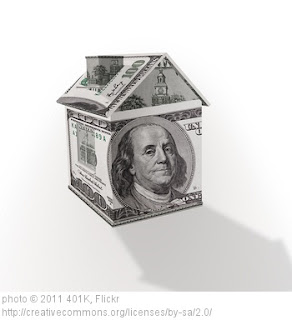A couple of weeks ago I shared with you how spending a single dollar while we still owe money to someone else can mean $3-$5 extra that we end up paying on that debt. Not that it’s completely bad to spend $1 here or there on extra things, we just need to put it into perspective and realize that it is a big deal.
Let’s talk $1 a day for 40 years. To make the math simple we’ll say $30 a month ($360 a year). Do you have $30 in extra spending each month? Could you cut $30 from your expenditures each month if that were the difference in making ends meet? I hope so and here’s why: feel free to jump to the summary below in red if my math boggles your brain 
$30 a month for 40 years is an expenditure of $14,440. It could be $14,440 spent or saved & invested.
If the money is saved each month in a savings account earning minimal interest but invested at 5% yearly that $14,440 would yield $43,513. That’s 3x the $30 month you saved that can be used in retirement!
If the money is spent above your means each month (put on credit) you’ll spend over $20,000 in credit card payments and still owe $1,500** at the end of the 40 years. It would take another $2,200 to pay off that balance with minimum payments if nothing else was put on the credit card. So instead of putting $14,440 in the bank over 40 years you’d be spending over $22,000 to paying off credit cards- a difference of about $8,000. Need I remind you that you’d also have no money in savings.
Did you follow all of that? Here’s the bottom line:
$52,000 is nearly half the cost of my house. I think from now on when I pass up that vending machine or $1 item I’ll remind myself I’m buying half a house!
**I calculated at the average credit card rate (14%) paying only the minimum payment (interest plus 2% of the balance)





excellent illustration – thanks!